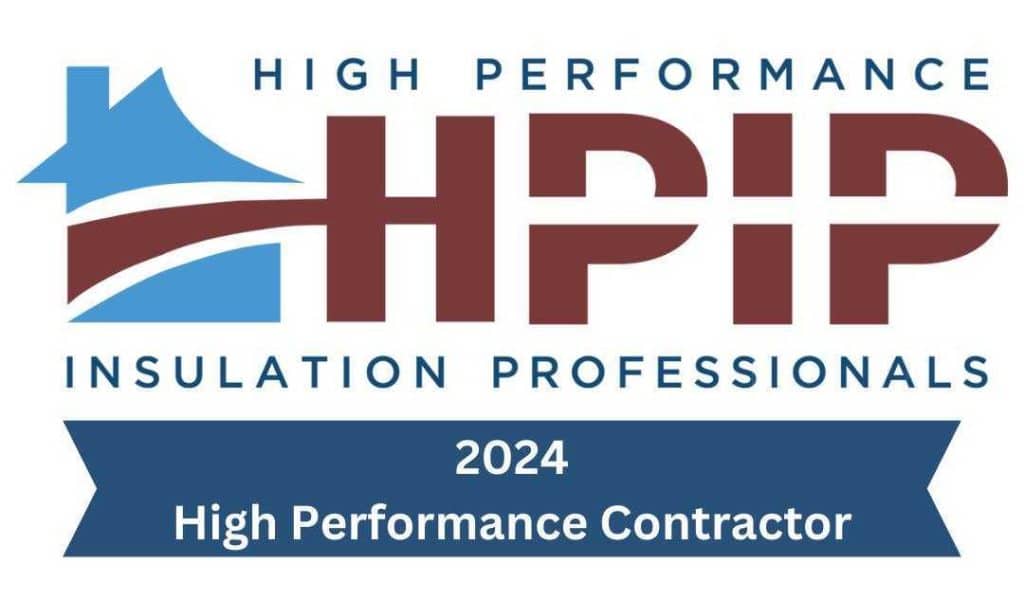Spray foam insulation is a widely used solution for improving energy efficiency and moisture control in homes. When applied in a crawl space, it provides a reliable air barrier, reduces heat loss, and minimizes issues related to dampness and mold. Understanding the benefits, installation process, and key considerations can help homeowners make informed decisions about using spray foam insulation in their crawl spaces.
What Is Spray Foam Insulation?
Spray foam insulation is a liquid-applied insulating material that expands upon contact, forming a continuous barrier against air leakage and moisture infiltration. It is available in two types:
- Open-cell spray foam: Lightweight, flexible, and effective for soundproofing but with lower moisture resistance.
- Closed-cell spray foam: Denser, more rigid, and provides superior thermal resistance and moisture control.
Both types have specific applications, and the choice depends on factors such as climate, budget, and crawl space conditions.
Benefits of Spray Foam Insulation in a Crawl Space
1. Improved Energy Efficiency
A well-insulated crawl space prevents heat transfer, reducing heating and cooling costs. Closed-cell spray foam has a high R-value per inch, making it one of the most effective insulation materials available.
2. Moisture and Mold Prevention
Crawl spaces are prone to dampness, leading to mold growth and structural damage. Spray foam insulation acts as a vapor barrier, reducing humidity levels and preventing moisture-related issues.
3. Enhanced Indoor Air Quality
Sealing a crawl space with spray foam minimizes the infiltration of allergens, dust, and outdoor pollutants, improving the overall air quality inside the home.
4. Structural Reinforcement
Closed-cell spray foam adds rigidity to crawl space walls and subfloors, enhancing the durability and stability of the home’s foundation.
5. Long-Lasting Performance
Unlike fiberglass or cellulose, spray foam does not sag or degrade over time. When properly installed, it can last for decades without requiring replacement.
Key Considerations for Effective Installation
1. Assessing Crawl Space Conditions
Before installation, it is important to evaluate:
- Existing moisture levels
- Ventilation requirements
- Potential air leaks
- The condition of the foundation and subfloor
2. Choosing the Right Type of Spray Foam
- Open-cell foam: is suitable for interior applications but requires a vapor barrier in high-moisture environments.
- Closed-cell foam: is recommended for crawl spaces as it provides better insulation and moisture resistance.
3. Proper Sealing and Ventilation
While spray foam seals air leaks effectively, proper ventilation is essential in certain cases to prevent moisture buildup and ensure long-term effectiveness.
4. Professional vs. DIY Installation
Applying spray foam requires specialized equipment and expertise. Hiring a professional ensures proper application and prevents issues such as uneven expansion and gaps in coverage.
Ensuring a Well-Insulated Crawl Space
For homeowners looking to upgrade their crawl space insulation, spray foam provides a lasting solution. At Makeover Insulation, we offer expert installation services to enhance home efficiency and comfort. Call us at (470) 664-5300 or email [email protected] for more information on the best insulation options for your crawl space.
Common Questions About Spray Foam Insulation in Crawl Spaces
Is spray foam safe for a crawl space?
Yes, when properly installed, spray foam is safe and helps improve indoor air quality by sealing off contaminants and allergens.
How much does spray foam insulation cost for a crawl space?
The cost varies based on crawl space size, foam type, and labor. On average, professional installation ranges from $1,500 to $5,000.
Does spray foam prevent pests in a crawl space?
Yes, it seals gaps and cracks where pests might enter, making it harder for rodents and insects to infest the area.
Can I install spray foam insulation myself?
DIY installation is possible, but professional application ensures even coverage, optimal expansion, and adherence to safety guidelines.
Will spray foam insulation help with cold floors?
Yes, insulating the crawl space reduces heat loss and improves floor temperature, making your home more comfortable.
How long does spray foam insulation last?
Properly installed spray foam can last over 30 years without deterioration or significant loss of effectiveness.
Should I remove old insulation before applying spray foam?
Yes, removing existing insulation allows for better adhesion and ensures a complete air seal.
Does spray foam insulation require maintenance?
Minimal maintenance is required. Regular inspections ensure there are no moisture issues or damages affecting the insulation.
Can spray foam insulation cause moisture problems?
When applied correctly, it prevents moisture buildup. However, improper installation may lead to trapped moisture, requiring professional assessment.
Is spray foam insulation environmentally friendly?
Closed-cell spray foam contains low-VOC formulas that reduce environmental impact while improving energy efficiency.




